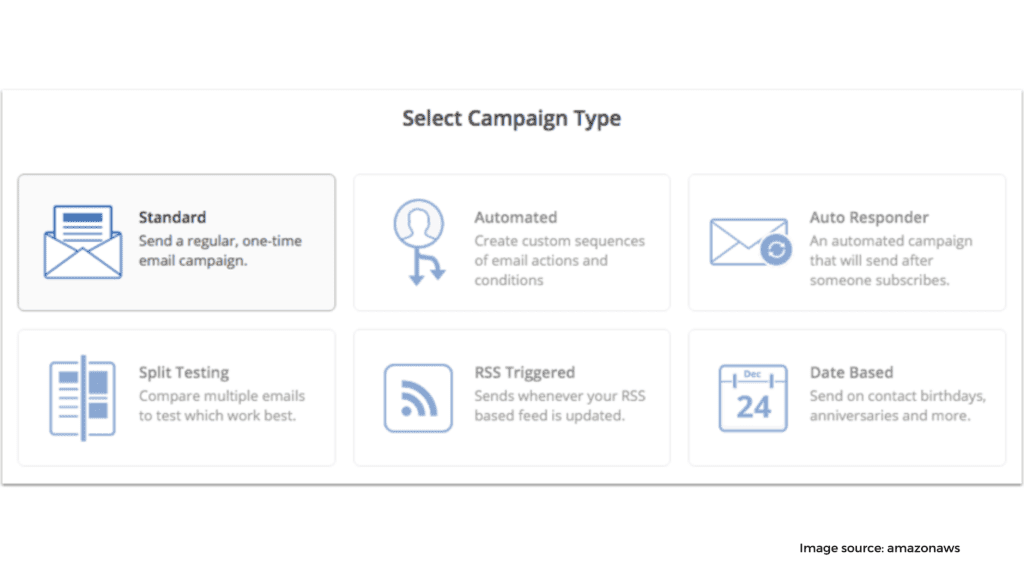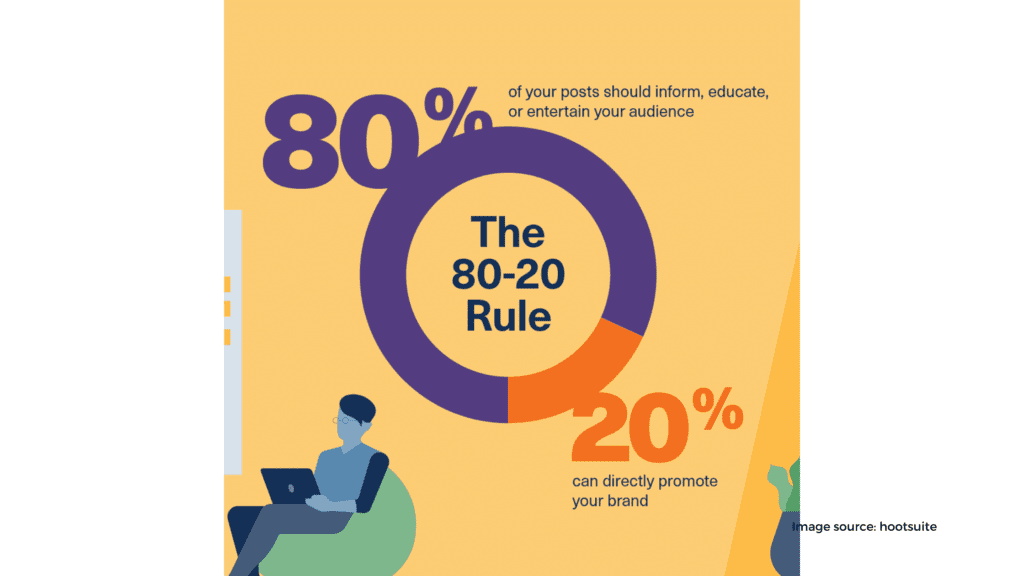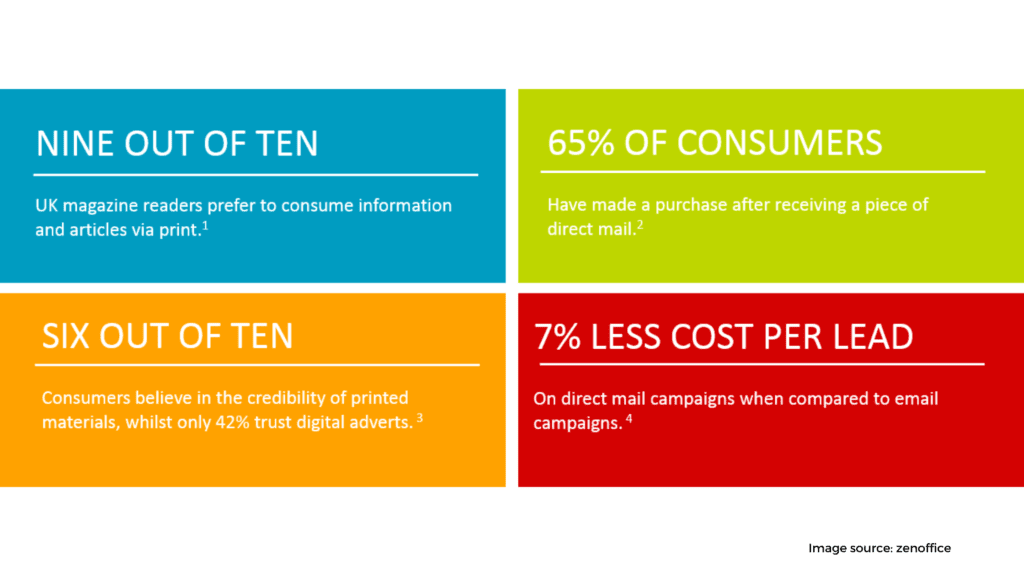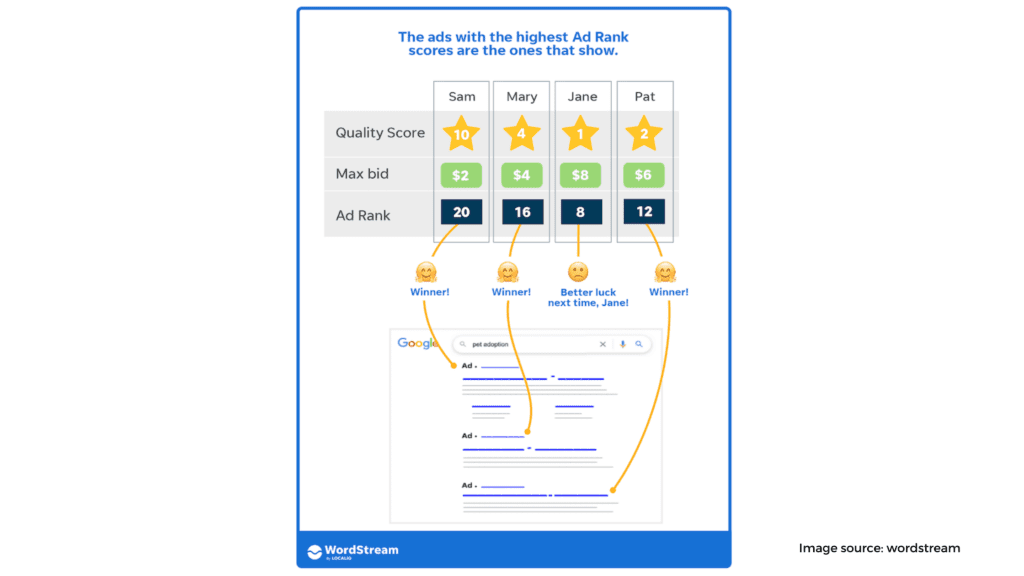When marketing your mental health practice, it’s essential to have a strategy in place to ensure that you’re reaching your target audience. When designing your psychiatrists’ marketing strategy, several factors include your budget, the channels you plan to use, and the message you want to communicate.
Define your target market

- Who is your ideal patient?
- What are their demographics?
- Why would they need or want your services?
Answering these questions will help you create targeted marketing materials that speak directly to your audience.
It’s tough to build public awareness about mental health, so defining a target audience is essential in ensuring your message reaches the intended audience. For example, remember that family members frequently seek treatment for relatives and should be included in your target audience.
Pro tip:
Most patients will never locate you if your online presence is weak. A limited network. Referrals are critical in any successful psychiatry practice. Getting your patients to mention you to others can make a big difference.
Choose Your Email Campaign Type

- Welcome email series: The first email a new subscriber receives when they join your email list or make a purchase is known as their “welcome email.” Welcome emails should be brief and actionable. Their main goal is to get subscribers to the next step.
- Cart abandonment campaigns: Abandonment emails are emails sent to customers who visited your store, put items in their cart, but then abandoned the transaction.
- Newsletters: Newsletters are one of the most frequently used types of email marketing. They are generally non-commercial and may be utilized by businesses to convey mental health industry news, updates, hints, techniques, features, blog roundups, and other items to their subscribers.
- Re-engagement emails: Re-engagement emails are sent to inactive subscribers to get them to interact with your business again. For example: if a consumer has not opened any of your advertising emails in a while, you could give them a discount to encourage them to make a purchase.
Consider your budget

How much money do you have to spend on marketing each month? What level of return on investment are you looking for? Having a budget will assist you in making wise marketing selections that are in keeping with your financial goals.
Keep in mind that effective marketing does not need to be costly. There are many cost-effective marketing methods, such as social media, email marketing, and content marketing, that you may use to reach your target audience.
Select the proper channels

Not all marketing channels are the same. When determining which media to utilize for your mental health marketing plan, consider where your target audience will most likely encounter it.
For example:
When it comes to the effectiveness of social media marketing, however, there is no best time or place. For example, depending on what you’re advertising and where you’ll be advertising it, you may get a better return for your investment if you target youngsters compared to other demographic groups like the elderly. On the other hand, customized online advertisements or direct mail are more effective if you’re targeting an older audience.
The key is to experiment with various outlets and keep track of your findings so you can make adjustments as required.
Craft A Compelling Message

What are you attempting to convey? Why should people be concerned about it? Your message must be clearly understood and succinct. It also has to appeal to your intended audience.
Consider how you may highlight your practice’s individuality while still attracting attention and prompting individuals to seek you out.
In order to craft a compelling message that’s heard, it’s essential to:
- Focus your message —The content should be clear, concise, and succinct.
- Show how you are better, different, and unique in their world — It’s not enough to show up and hope people notice you. You must have a message that stands out from the noise, which is deafening. It would help if you stood out in a crowd to be heard, especially nowadays.
- Help on their terms — The ideal way to persuade your buyer is to lead with a service that adds value. It’s also essential to be genuine and sincere about the advantage it will provide your customer. A need for helpfulness should always come first.
Create eye-catching materials

People respond reflexively to visual stimuli. Marketing psychology is based on this idea. Getting consumers to react favorably to your packaging design can help you sell more items.
Professional and visually appealing marketing materials are essential. Ensure that they accurately represent your brand and effectively communicate your message by consulting a professional before you start designing them.
Your materials should also be accessible and easy to understand. Use precise language and avoid jargon. Finally, proofread your materials for errors before you distribute them.
Promote your practice regularly

Consistency is critical when it comes to marketing. Ensure you’re promoting your practice regularly to keep prospective patients interested and engaged.
Another method to accomplish this is to create a social media marketing calendar. This will assist you in maintaining track of your marketing efforts and ensuring that you’re constantly advertising your business.
A social media calendar will generally include one or more of the following elements for each post:
- When the auction will begin, and end are both unknown.
- The social networking site and account where it will be published
- The following shows the maximum number of photos and videos you can upload.
- To be included) tags and links
Reach out with print:

Your prospects need to discover you to benefit from a digital campaign. However, print can reach your consumers where they are. As a result, a digital campaign may get buried in a crowded inbox. Because much of marketing has moved online, the little clutter of your audience’s mailbox allows you to profit from the fact that emails have become increasingly cluttered over time.
Include rich website content:
Ensure that your website offers simple access to information about your mental health services. In addition, give patients content that can help alleviate the stigma – blog postings, information on other mental health professionals, and patient tales are all helpful in this respect.
Incorporate cost-effective paid search:

A paid search campaign for your mental health services may assist in targeting those looking for help online. In addition, local keyword research can assist you in determining which terms individuals in your area use to look for healthcare services that are accessible to them.
Use social media:
Social media is a potent marketing tool that may help you engage with current and new patients. Consider developing material that educates, informs, and enthuses when employing social media for mental health marketing. You might also want to use social media to conduct campaigns or promote special events.
You could use the following social media platforms:
- Tik-Tok
Develop email campaigns:
Email campaigns can stay in touch with current patients and reach out to potential ones. When developing an email campaign, segment your lists so that you’re sending relevant information to the right people. In addition, personalize your emails as much as possible to ensure they’re engaging and interesting.
Here are some goals you can set for your email campaigns:
- Brand awareness
- Website traffic
- Revenue generation
- Lead nurturing
- Feedback and surveys
Align print and digital strategies:
A landing page may entice visitors to your direct mail or publication to visit your website. Conversions are aided by compelling content and clear calls to action. You can also use your print campaign to increase brand awareness and reach a larger audience by incorporating QR codes that link to your website or social media accounts.
Offer something to your audience to draw them in. Returning to the idea of raising awareness, if you want to expand your leads or your audience, give them something in return for following your company page or signing up for your newsletter.
Use a printed mailing or leaflet to attract people to your website to win a gift card or lower costs. Again, you’re combining two methods into one effective, interconnected plan by mixing the two efforts.
Embrace social media content strategies:
Develop a social media campaign dedicated to mental health services and access to care. Include material that encourages interaction and shares compelling patient experiences.
When it comes to promoting mental health services, there are several strategies that you can use to reach potential patients. Print and digital marketing tactics can effectively promote your psychiatric practice.
By combining these methods, you can earn a wider audience and help more people access the care they need.
Optimize your search ranking:
Make sure your mental health services are easily found online when individuals search for them. Search engine optimization (SEO) is the practice of improving the ranking of your website in search engine results pages (SERPs). The more prominent your “search queries” results are in Google and other search engines, the higher-quality traffic you’ll receive.
By incorporating relevant keywords into your website content, you can improve your chances of appearing in SERPs when potential patients search for mental health services that are available to them.
Pro tip:
Guest postings with a link to your site are an excellent method to increase exposure and improve your SEO strategy.
Use Google AdWords:
Google AdWords is a pay-per-click (PPC) advertising platform that allows you to place ads on Google.com and its partner websites. When someone clicks on one of your ads, you pay a fee to Google.
AdWords can effectively promote your mental health services to potential patients who are actively searching for them online.
Advantages of Google Adwords:
- Precise Targeting
- Pay Only For Results
- Performance Tracking
Additional tips:
- Your profile photo should be updated on a regular basis.
- Every few months, change your cover photo.
- You should update your site at least once a day, but you’ll get more traffic that way.
- Be sure to check your social media sites on a regular basis and connect with your followers.
- Use hashtags to increase the reach of your postings and make them easier to discover.
When creating content, keep your target audience in mind and craft messages that are relevant to them. Your website should be updated regularly with new content to maintain interest and stay potential patients coming back for more.
Conclusion:
With these tips in mind, you’re well on your way to designing a unique marketing formula. Remember to be clear about your goals, target your audience, and create materials that accurately reflect your brand. By utilizing a mix of print and digital marketing tactics, you can reach potential patients effectively and efficiently. Psychiatric marketing doesn’t have to be complicated – with a bit of planning, and you can develop a strategy that works for you. If you do all of this, you’ll surely see positive results in no time.






